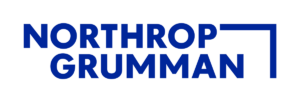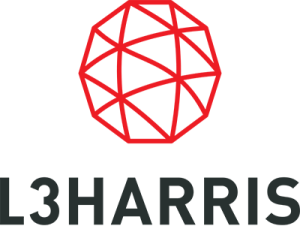The Best Way to Reverse Engineer Your Job Search

Manufacturers of replacement parts use the principle of reverse engineering to take a finished product and figure out how it is made. Then, they can make the same part from scratch.
If you are hunting for a new job, use this concept to help get the right job for yourself. See yourself in the new position, then figure what are the building blocks required to get there.
First, define the ideal opportunity. What would your title be? What type of company would you work for? What would your tasks be? What kind of products or services would you be working on? Imagine these answers, and any other important variables you wish to define about your new job.
Now, make sure your collateral materials (resume, cover letters), and your web presence (Linked in page, Facebook, twitter, etc.) reflect what you want, so that the right employers can find you.
LinkedIn has become a primary resource for many recruiters, both in-house and external. Your LinkedIn page should be seeded with the keywords a prospective employer might use to search for people with your background. If you are unemployed, you can use your desired title right in your personal description: “Joe Jones – VP of Operations in Military Products – seeking new opportunity.” On LinkedIn, recruiters often search in groups. You can belong to 50 groups. Look for groups the way a recruiter would. Use the keyword for the profession, industry, functional task, that you want. For example if you search LinkedIn by “Aerospace Business Development,” a group comes up with 2600 members. You want to join these larger groups, because recruiters will be looking at those members.
If you are willing and able to mount a proactive job campaign, figure out who the employers are that you want to work for, and who you would report to at that company. Contact that person by email and phone. Present your value proposition.
Don’t just answer ads. If you connect with an employer who doesn’t have a job posted, but could have an interest in you, your odds for that position are one-to-one, not one in 300.
When you interview, figure out (and directly ask) what the successful candidate needs to accomplish in the job. Then demonstrate how you would be able to fulfill those objectives.
You can figure out how to present yourself so people will find you, how to get in the door at employers who aren’t advertising, and how to interview to win the job. Reverse engineer your ideal opportunity and by working backward from each incremental step in the process, you can figure out what you need to do to attain each result.
























